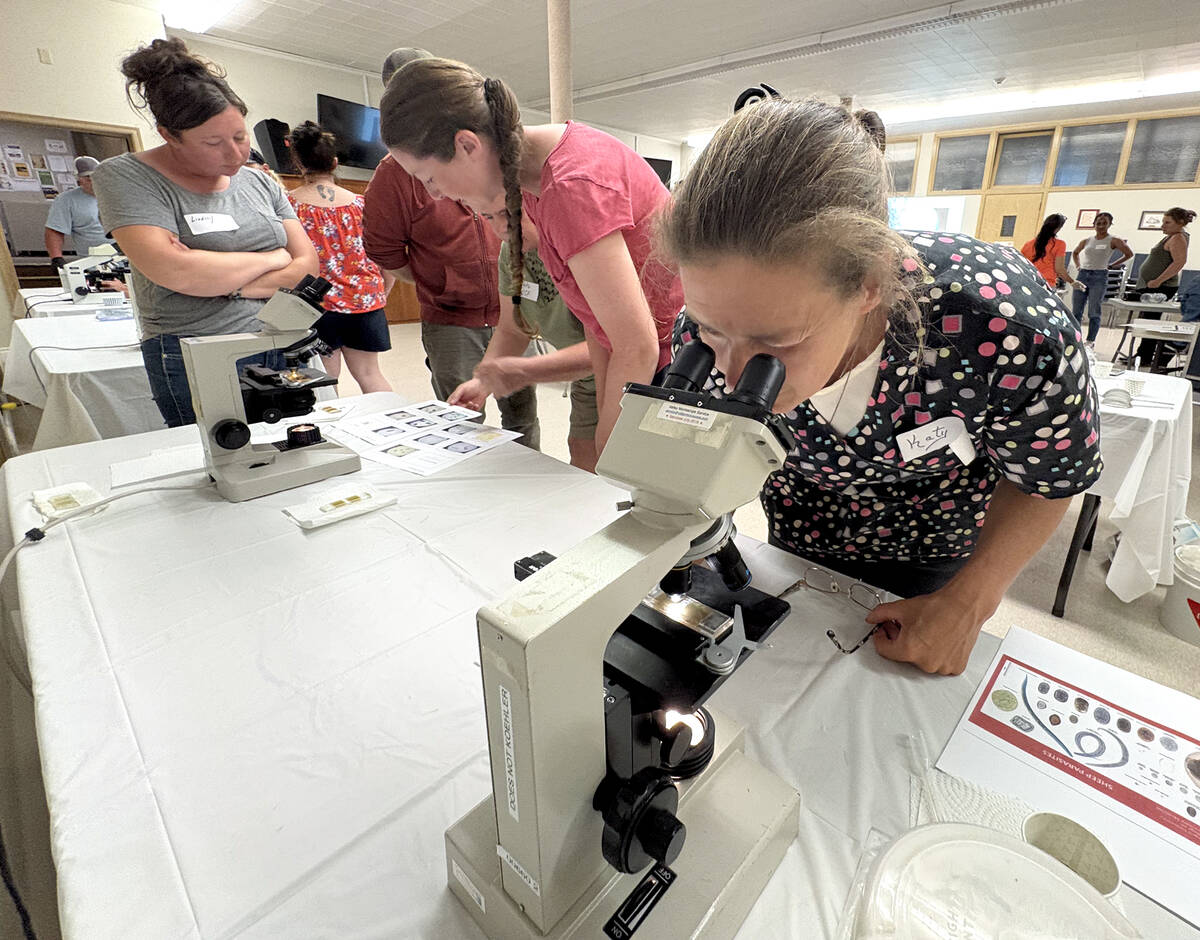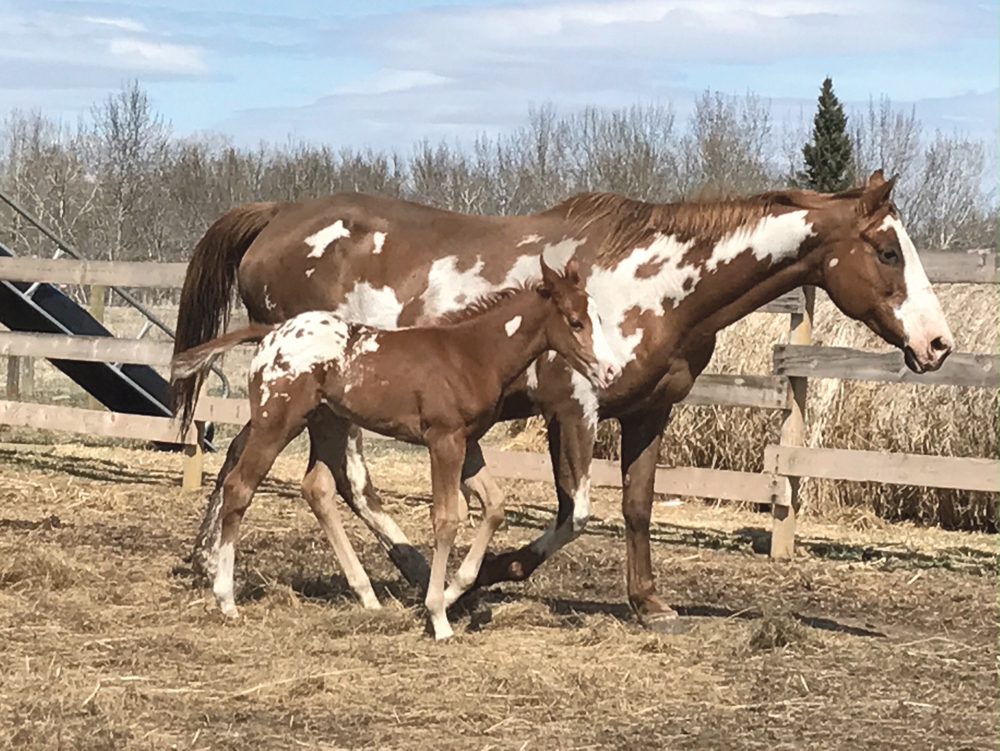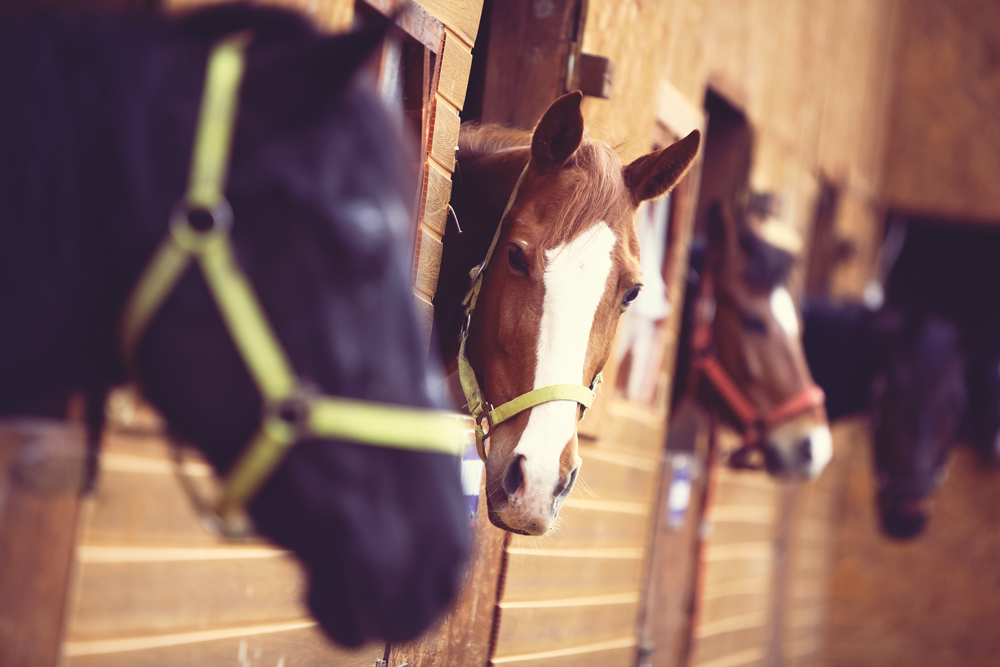Anyone who is a horse owner will probably agree that somewhere along the way, your horse will encounter a situation where he requires his leg or legs bandaged. Having some knowledge of the techniques for proper bandaging will hopefully be of use to you.
Bandaging your horse’s legs can serve a variety of functions, such as treating a wound or for use as protection during travel. Proper bandaging can also provide support for tendons and ligaments during strenuous exercise, and can reduce or even prevent swelling after an injury or a workout.
Read Also

Smart deworming for sheep starts with individual fecal egg counts
Fecal egg count tests are one step to managing dewormer resistance and managing sheep parasites on Canadian sheep farms to maintain flock health.
Wrapping the leg correctly takes practice, and in the case of bandaging a wound, it must be applied properly. Otherwise it may hinder the healing process. Medically indicated bandages are made up of three layers, and the first of these, the contact layer, should not stick to the horse’s skin when applied. The bandage should keep good contact and be non-irritating. Plain gauze squares should not be used as the first bandage because they stick to the wound area. Special non-stick sterile pads are available for this purpose.
The second layer of bandaging acts as padding and is helpful in protecting the soft tissue before the final outer layer goes on. This cotton padding should be a minimum of one inch thick, and the longer the bandage is to stay on, the greater the thickness of padding needed.
The third bandage protects the inner layers from environmental contamination. This layer should be a minimum of two inches wide and is typically made of self-adhering material such as Vetwrap.
When wrapping the leg you need to have the correct amount of tension, which you learn from experience. Too little tension and the bandage will be loose and will slip off. Too tight and it will slow the blood flow and cause poor circulation.
Be sure you have thoroughly cleaned and dried the wound area before you start. Keeping the bandage snug, apply it with smooth, even pressure without wrinkling it. Start by wrapping it around the front of the leg and then around the back in a spiral fashion, inside to outside. The outer wrap should go down, leaving one half to one inch of secondary bandage showing. Work back up the leg, overlapping the preceding layer by about 50 per cent.
If you are wrapping your horse’s legs for travel, you can use stable bandages wrapped tightly around thick quilts or similar padding to provide support and impact protection. They are generally used in combination with bell boots for trailering.
If you are unsure of when or how to bandage a wound, you should consult your veterinarian or have him examine it and treat it accordingly. But the bandaging tips we have discussed should allow you to provide initial first aid while you wait for the vet.
Till next time stay in the saddle and never say whoa in a bad spot!


















